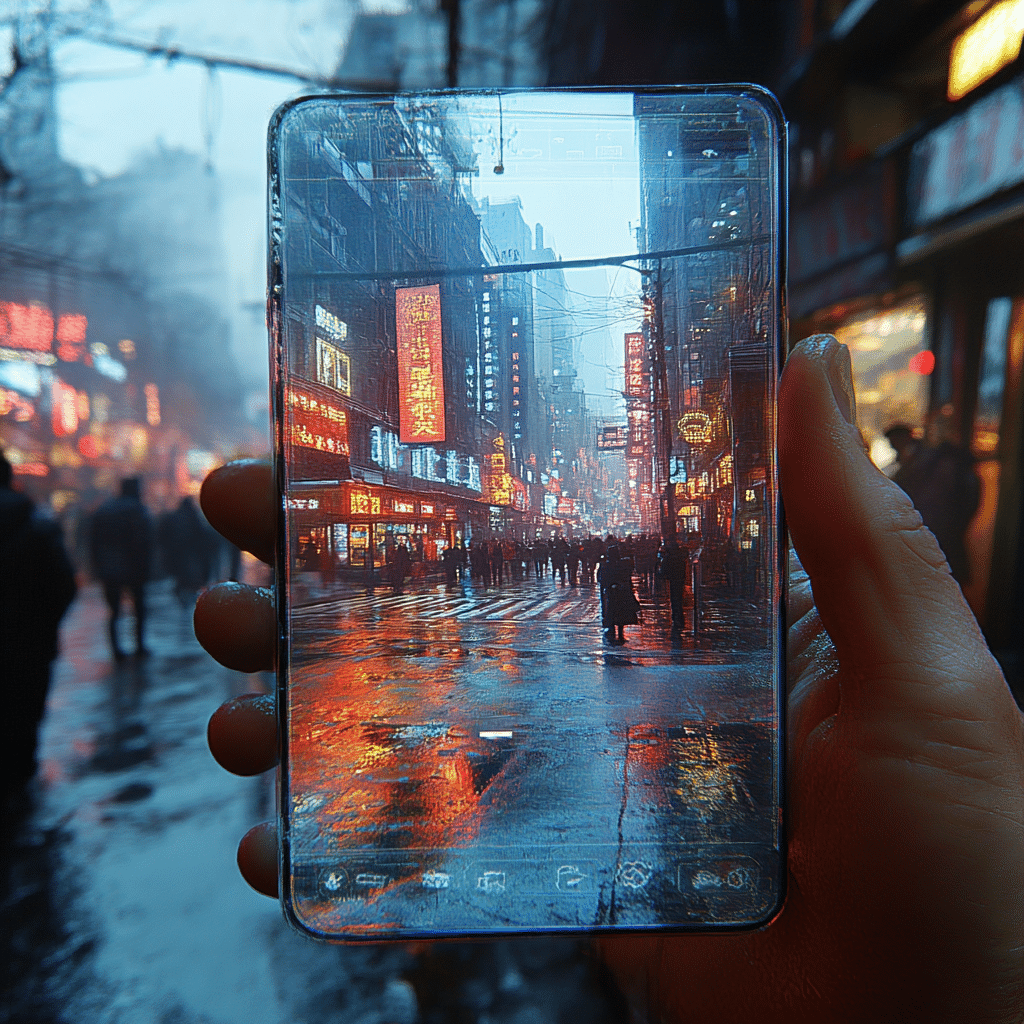Augmented reality (AR) is more than just a buzzword; it’s a transformative force reshaping our reality. Picture this: with just the tap of a smartphone, digital elements can pop into life, interacting seamlessly with our physical surroundings. From early applications in gaming—like the craze of Pokémon GO—to the cutting-edge technologies we see today, AR continues to evolve. As it embraces smartphones and advanced headsets like Microsoft’s HoloLens and Meta’s Quest, our world begins to blend effortlessly with the digital.
This technology has come a long way since its inception in the late 1960s, where Ivan Sutherland’s Sword of Damocles first introduced the concept of a head-mounted display. Fast forward decades later, AR now offers rich interactive experiences that are both engaging and educational. The journey is fascinating, showcasing how AR’s evolution is intertwined with advancements in hardware and software, leading to its ripe position in today’s digital landscape.
Armed with the right tools, augmented reality is laying down the groundwork for profound shifts across various sectors, bridging gaps between physical and virtual worlds. So, how exactly is augmented reality reshaping our daily experiences? Let’s dive in.
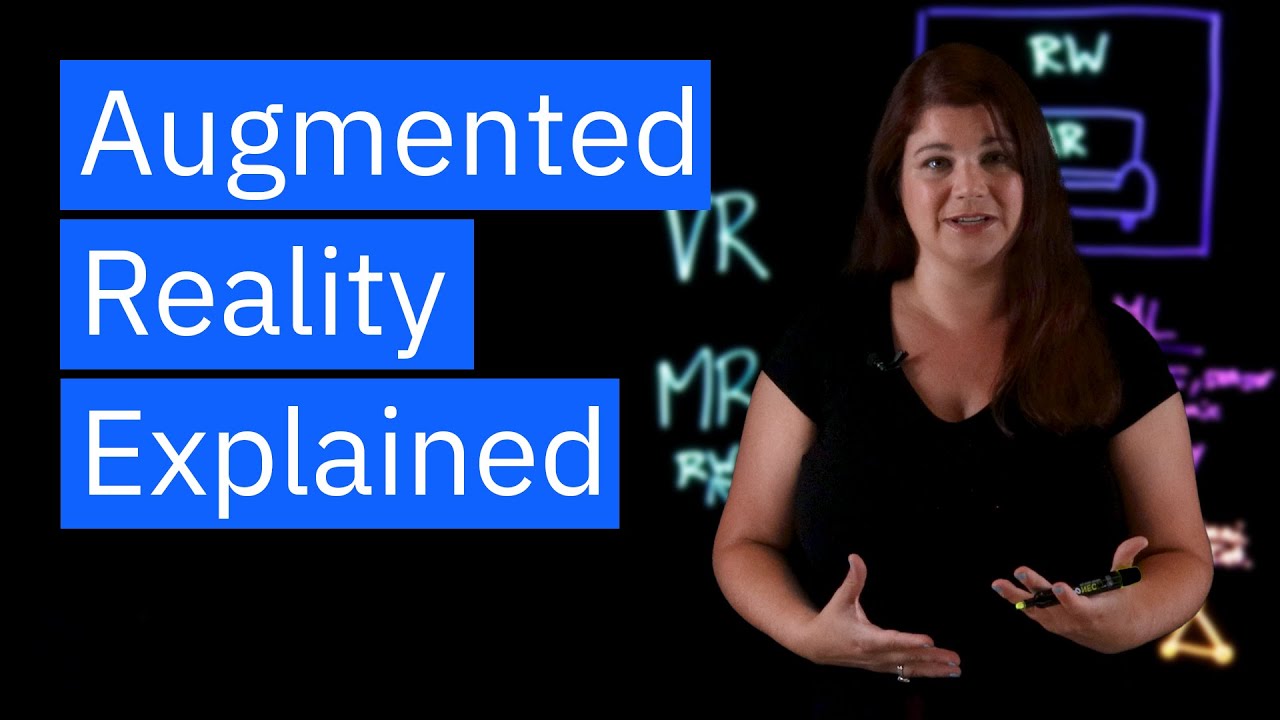
Top 7 Ways Augmented Reality is Shaping Our Experiences
Brands like IKEA lead the charge in revolutionizing retail through AR. Their app lets customers visualize how a piece of furniture would fit within their homes before they hit the purchase button. This innovative approach not only boosts customer confidence but also reduces the chance of returns.
Google Expeditions shines in the educational sector, offering lessons that transcend traditional classroom experiences. By overlaying valuable information and virtual elements directly onto students’ surroundings, learning becomes a captivating adventure. Students can explore the solar system or walk through ancient civilizations without ever leaving their classroom.
AR’s influence stretches into the medical arena as well. Companies like AccuVein utilize augmented reality to visualize veins beneath patients’ skin, simplifying procedures like blood draws. This not only eases the tension for patients but also streamlines tasks for healthcare professionals, enhancing the overall experience.
Services like Citymapper have integrated AR into navigation, helping travelers navigate unfamiliar locales. With real-time cues embedded directly onto their camera feeds, tourists can easily find their way—no more fumbling with maps or complex directions.
Following the success of Pokémon GO, games like Harry Potter: Wizards Unite tap into AR’s potential, offering immersive gaming experiences that encourage users to explore their surroundings. This melding of fantasy and reality keeps players engaged while bringing communities together.
Platforms like Zillow have redefined the home-buying journey. Their 3D Home Tour feature allows prospective buyers to explore properties from their living rooms. The ability to virtually “walk-through” listings saves time and grants a clearer idea of what homes offer.
Social media giants like Snapchat have harnessed AR for creative expression, offering filters and lenses that change users’ appearances and backgrounds. This not only keeps users entertained but also demonstrates how AR is an essential part of modern digital communication.
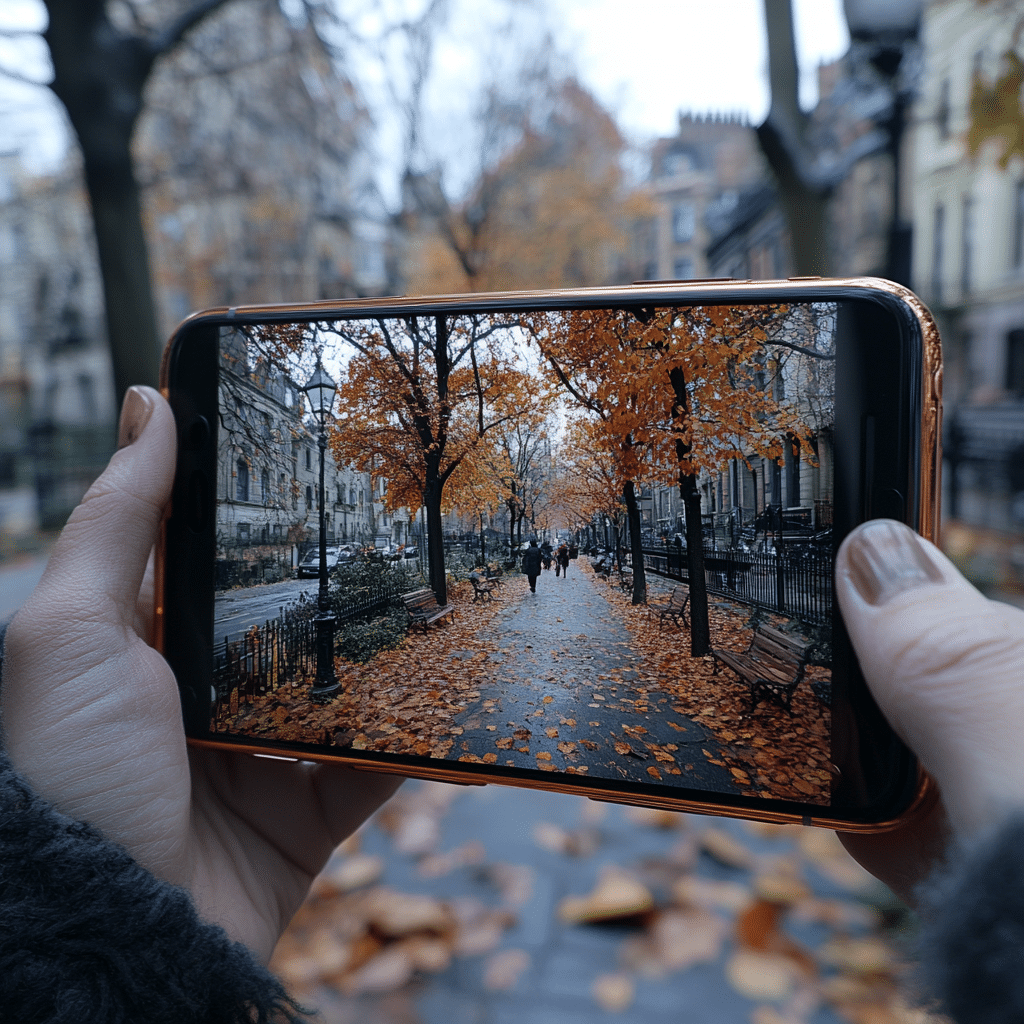
The Impact of Artificial Intelligence on Augmented Reality
As augmented reality evolves, its partnership with artificial intelligence (AI) becomes vital. While AR overlays digital content onto the physical world, AI complements this by infusing intelligent decision-making into the mix. Take Facebook, for instance; they employ cutting-edge AI algorithms to improve AR filters, creating environments that react to user movements.
The synergy of AI and AR is particularly game-changing in retail. Imagine stepping into a store and, as you look at products, they provide personalized recommendations based on your past shopping habits. AI’s predictive capabilities can sharpen customer service, anticipating needs and enhancing the buying experience.
The future is bright as we consider advancements in AR fueled by AI. With the potential to create smart environments that continually adapt to our preferences, we find ourselves entering a realm of perpetual engagement.
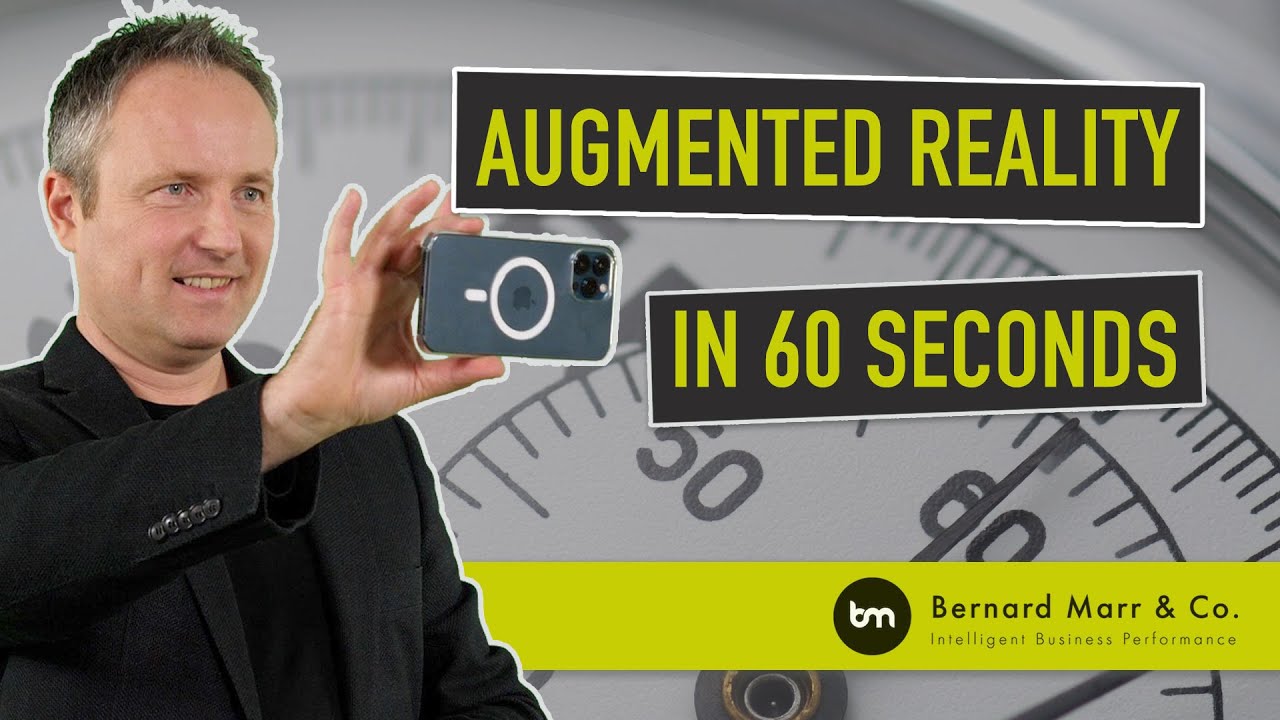
Benefits and Challenges of Integrating Augmented Reality into Daily Life
Augmented reality offers a bounty of benefits. It heightens engagement, fosters visual learning, and enhances accessibility for users from various backgrounds. AR enables us to experience information in an active way, making the mundane feel extraordinary.
However, with great power comes great responsibility. The integration of AR into everyday life doesn’t come without its challenges. Privacy concerns loom large; as users interact with AR apps, their data often lands in the hands of companies that collect sensitive information. It raises questions around personal data security—can we enjoy the benefits without sacrificing privacy?
Equally significant is the digital divide. As AR technology expands, disparities in accessibility could widen. Ensuring equitable access to these advancements becomes critical, especially in education and healthcare—sectors where AR can make a profound impact.
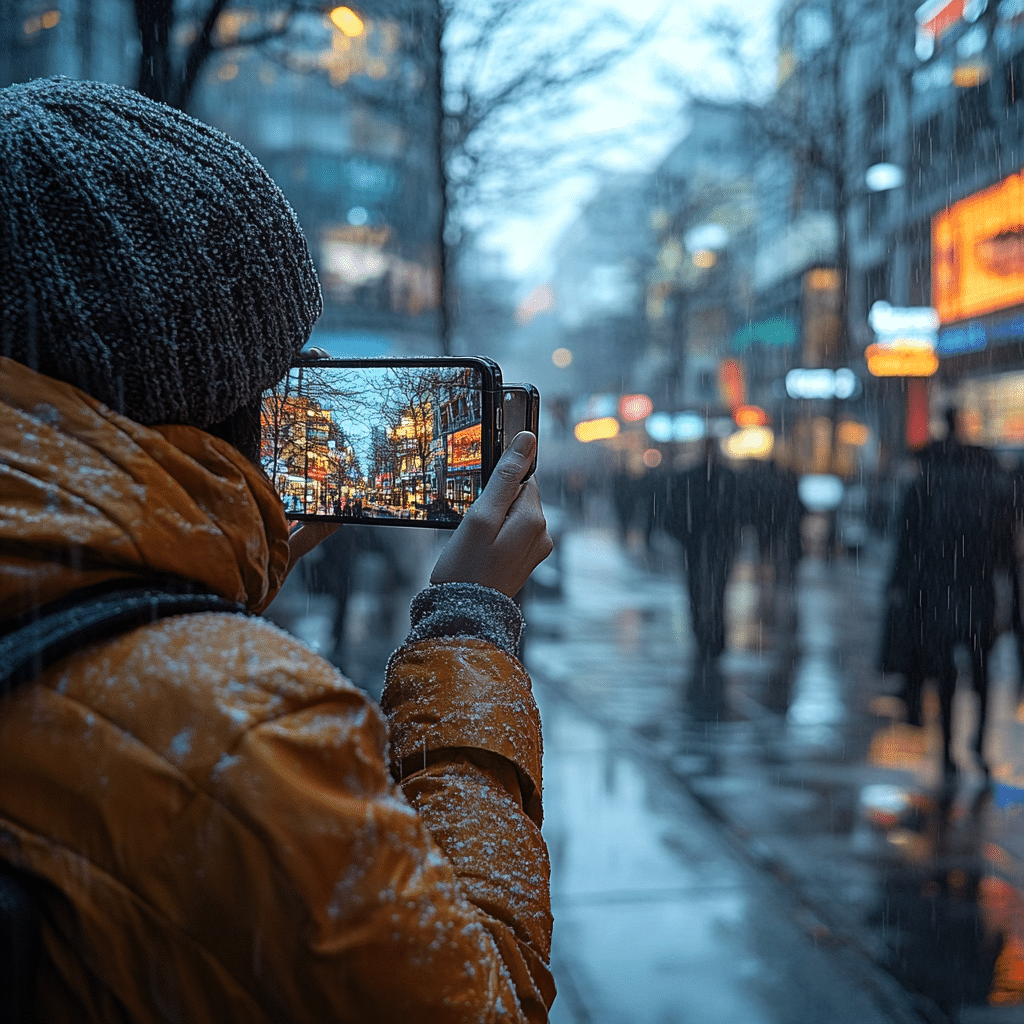
Real-World Case Studies of Augmented Reality Implementation
Let’s embrace the innovations that AR brings by looking at real-world applications. One striking example is the collaboration between Ford and Holoride. This partnership utilizes AR technology to provide entertainment during car rides, transforming the back seat into an immersive experience tailored to passengers’ preferences. Not only does this keep riders occupied, but it enhanced customer satisfaction as demonstrated by favorable feedback from users.
Another impressive case can be found in the healthcare sector, where AR has become a staple for surgical training. Medical students now wield AR technology to engage with 3D anatomical models, greatly enhancing their learning journey. This hands-on approach leads to better-prepared professionals entering the workforce, impacting patient outcomes positively.
From these case studies, it’s evident that AR has brought quantifiable improvements. Businesses are witnessing not only enhanced customer experiences but also increased sales and satisfaction scores that underscore the technology’s significance in the modern marketplace.
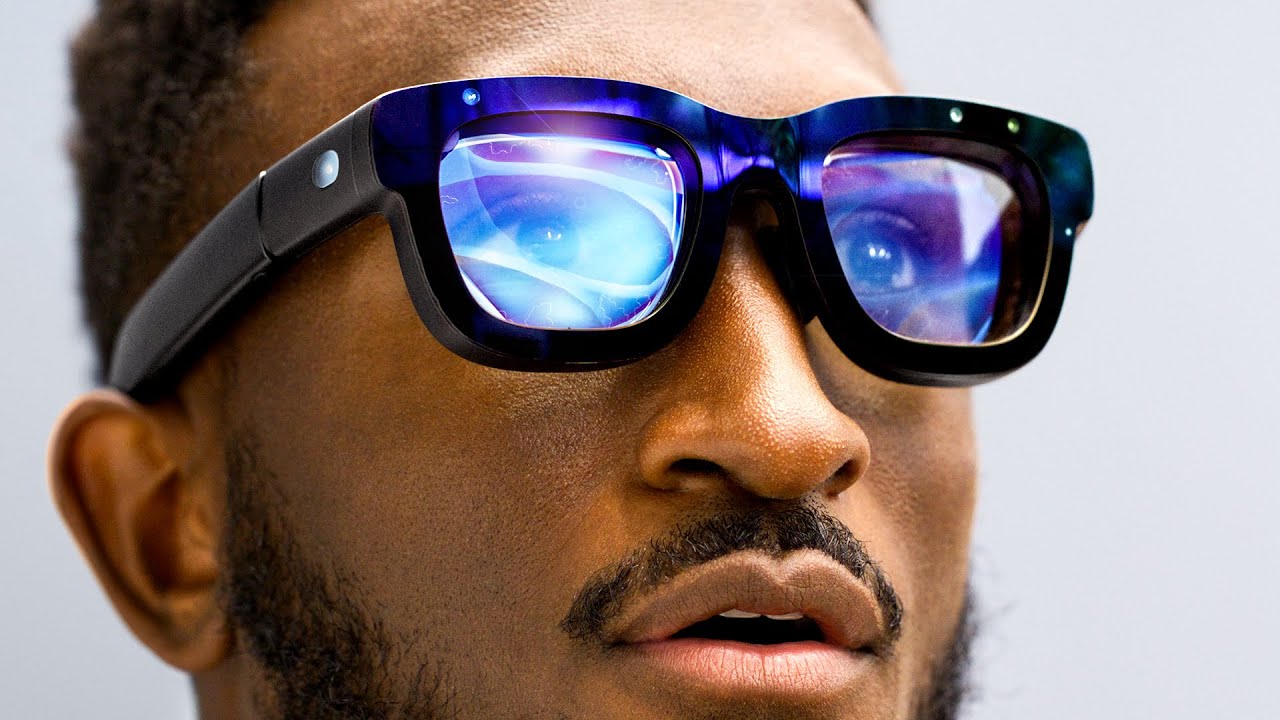
The Future of Augmented Reality: Trends to Watch
As we look ahead, emerging trends in augmented reality are worth noting. The shift towards wearable technologies promises to create seamless integrations into our daily tasks. Innovations like Apple’s upcoming Vision Pro are expected to redefine personal computing, merging work and play through immersive AR experiences.
Expect AR to further infiltrate personal and professional settings, changing how we interact with technology. For instance, these advancements can redefine collaboration; engineers and architects using AR headsets can virtually step into projects before they’re built, facilitating rapid iteration and design improvements.
In every sector, the opportunities are expanding. As augmented reality continues to evolve, it beckons us to embrace new possibilities and challenges.
Innovative Wrap-Up
In conclusion, augmented reality is a catalyst for change across multiple sectors, redefining how we engage with our surroundings and each other. The powerful alliance between AR and AI suggests that our reality will be vibrantly enhanced and personalized like never before.
Yet, this leap into the future also calls for vigilance as we balance innovation with ethical considerations. It’s crucial that AR elevates our human experience rather than overshadowing it. By challenging ourselves to explore newly woven connections between technology and everyday life, we embark on a journey toward a more enriched future driven by augmented reality.
As we delve deeper into this augmented reality landscape, let’s remember that this technology is not just about enhancing experiences—it’s about creating meaningful connections that enrich our lives.
Augmented Reality: A Game Changer in How We Experience Life
Fun Facts That Make You Go “Wow!”
Augmented reality (AR) isn’t just for gamers anymore; it’s making waves in various fields—from education to healthcare. For instance, did you know there’s an AR app that enhances art creation? It takes simple sketches and breathes life into them, kind of like the magic you see in AI art. Imagine students in a classroom, using AR to interact with 3D models of the human body, similar to cutting-edge work coming out from Johns Hopkins.
But that’s not all! Think about how AR has changed the way we play sports. A popular place for outdoor enthusiasts, Blandair Park in Maryland, uses AR to create interactive trails, making outings much more engaging. You can track your performance or even participate in virtual games against others, all while enjoying the great outdoors. Talk about a fun way to stay fit!
A Peek Into Unexpected Uses
Ever heard of augmented reality being used in healthcare? Surprise! Surgeons and medical professionals are using AR to enhance complex procedures. With the use of AR, they can overlay critical information directly onto a patient, optimizing how they operate. Just as Graham Greene so seamlessly wraps his characters in engaging stories, AR wraps intricate details within a layer of enriched experience.
And let’s not forget about the business side of things. Companies are increasingly utilizing AR for training and marketing. Imagine being able to “test out” products with a simple scan of your phone! Businesses that adapt to these innovations often see their profits soar, much like someone who knows when to buy or sell stock in The market.
So, whether it’s exploring the stunning sunset in Glasgow through an AR lens or leveraging it to understand public health concerns like Legionnaires disease in New hampshire, augmented reality is reshaping how we view our surroundings. AR isn’t just a tool; it’s a thrilling journey through a whole new layer of reality!
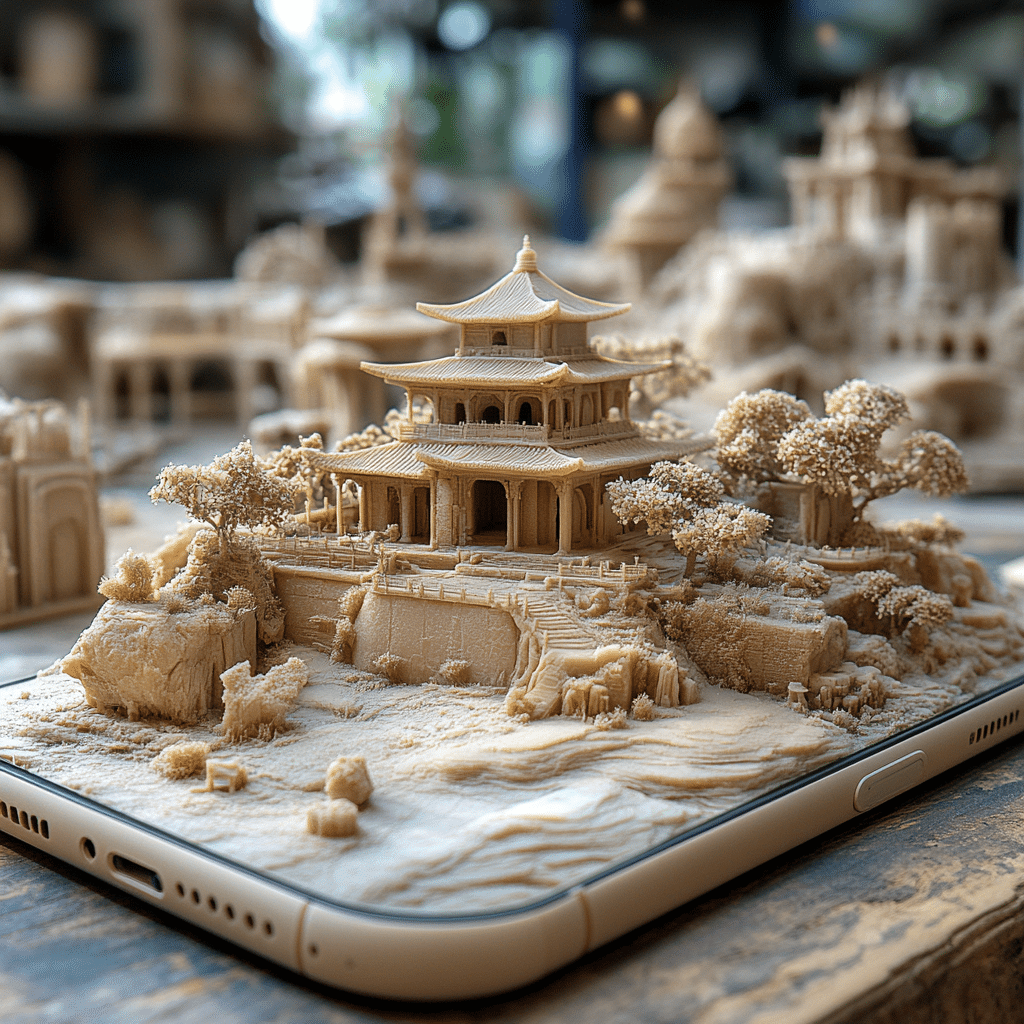
What does augmented reality mean?
Augmented reality means enhancing the real world with digital content that you can interact with. It overlays computer-generated information onto your view of the physical environment, creating an interactive experience through software, apps, and devices like AR glasses.
What is the difference between VR and AR?
The key difference between VR and AR is that VR immerses you in a completely virtual environment, while AR adds digital elements to your real-world surroundings. In AR, you control where you are, but in VR, the system dictates your experience. Plus, AR typically works on smartphones, while VR needs a headset.
What is an example of AR?
A simple example of AR is Pokémon Go, where players go out in their neighborhoods to find animated characters. Another instance could be NFL broadcasts using AR to break down plays and enhance the game for viewers.
What are the 3 types of augmented reality?
The three main types of augmented reality are marker-based, which uses a specific image to trigger AR info; markerless, which doesn’t need any specific markers and can overlay content based on location; and projection-based, which projects digital images onto physical spaces allowing interaction.
Is augmented reality good or bad?
Whether AR is good or bad can really depend on how it’s used. In many areas, like education and healthcare, AR has shown fantastic benefits. However, there can also be downsides, like distractions or privacy concerns.
Is Apple Vision Pro AR or VR?
Apple Vision Pro is primarily classified as augmented reality, providing an immersive experience that blends digital content with your surrounding environment rather than a completely virtual space.
Is AR cheaper than VR?
AR is generally cheaper than VR because it often doesn’t require extensive hardware like VR headsets. Basic AR apps can start off less expensive, while building a robust VR experience can get costly quickly.
What are the disadvantages of AR VR?
Some disadvantages of AR and VR can include potential safety risks if users are distracted by digital elements in their real-world surroundings or the discomfort some might feel using headsets in VR.
Is Google Maps augmented reality?
Google Maps includes augmented reality features through its Live View function, allowing users to see directions overlaid onto their real-world surroundings, making navigation easier.
Where is AR used in real life?
AR is used in real life across many fields: it’s utilized in retail for visualizing products at home, in healthcare for medical training, and in architecture for visualizing buildings before construction.
Is Snapchat augmented reality?
Yes, Snapchat incorporates augmented reality through its filters and effects that overlay graphics onto real-world images, letting users have fun with their photos and videos.
Which brand uses augmented reality?
Brands like IKEA use augmented reality in their apps, allowing customers to visualize how furniture fits into their homes before making a purchase, making it easier to shop.
Which augmented reality is best?
The best augmented reality experience can vary depending on the application and user preference. Some popular AR experiences include apps like IKEA Place and Pokémon Go, but it really depends on what you’re looking for.
What is the difference between AI and augmented reality?
AI and augmented reality are not the same. AI focuses on creating systems that can mimic human intelligence, while AR deals with overlaying digital information onto the real world. However, when AI and AR combine, they can create even cooler experiences.
How does augmented reality work?
Augmented reality works by using devices such as smartphones or AR glasses to capture the real world, then overlaying digital content onto that view through software and sensors, making it interactive.
How do most people use AR currently?
Most folks currently use AR in mobile apps for gaming, social media filters, and shopping, giving them new ways to engage with their surroundings and products they’re interested in.
What is the difference between AI and augmented reality?
AI and augmented reality differ mainly in their purposes and functionalities; AI aims to replicate human tasks and decisions, while AR is all about blending the digital with the real world.
What does AR mean in reality?
AR in reality refers to the way augmented technology enhances and alters the user’s perception of the real environment by adding digital elements that can be interacted with.
What does AR camera stand for?
An AR camera typically stands for a camera that can recognize real-world objects and environments, enabling it to superimpose digital images or information onto what the user sees through their device.


